Gluten Free Buttermilk Cornbread Mix
I remember creating my Gluten Free Buttermilk Cornbread Mix recipe during the holidays one year. It was early into my gluten free lifestyle transition, and I was still learning “what was what.” I needed cornbread to prepare one of my favorite dishes of the season, “Cornbread Dressing with Chicken Apple Sausage.” There weren’t any GF cornbread products that met the proper criteria. All the available products in the stores were either too cake-like or dry and crumbly. Their texture ranged from mushy to grainy. I knew I needed to create a product that resembled normal buttermilk cornbread.
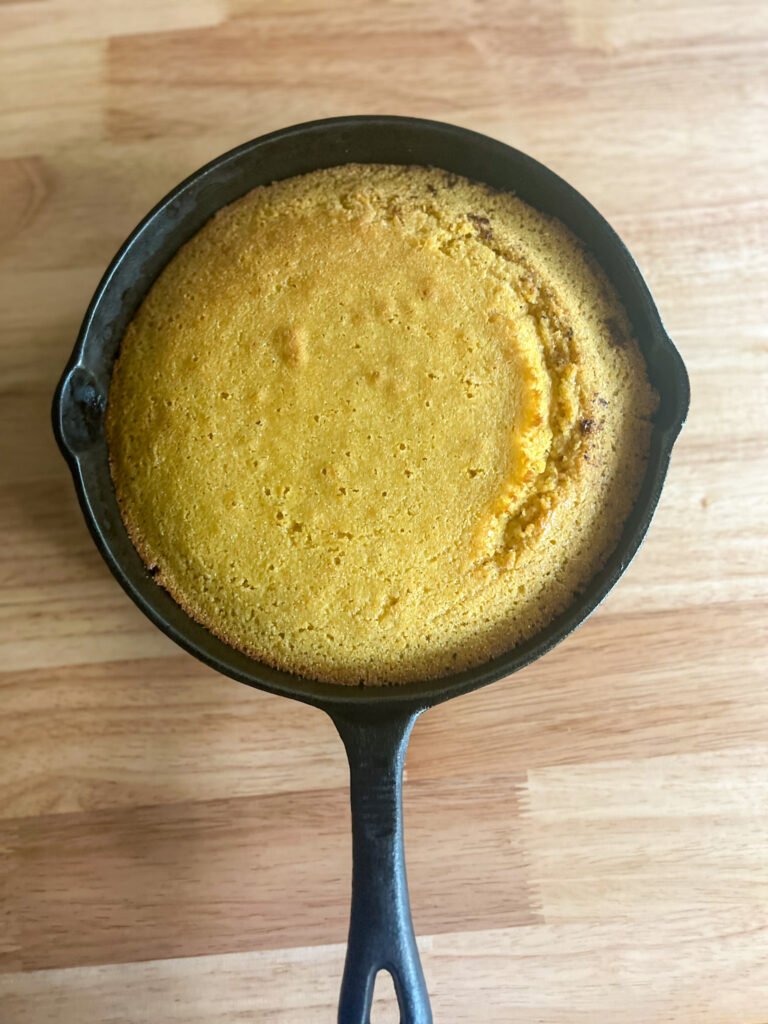
Proper Buttermilk Cornbread Criteria
It’s safe to say that most people have their own proper buttermilk cornbread criteria standards. It seems to depend on how “grandma (or other loved one) used to make it.” Some people prefer theirs on the sweet side. Going as far as adding additional sweeteners such as in Hot Honey Cornbread. Then there are those who enjoy a robust savory approach with flavor combinations such as in Braised Short Rib Cornbread Eggs Benedict. Either way the overall base recipe should have:
- A flavor balance of sweet corn, butter, salt, and a slight tang from the buttermilk.
- Crispy buttery caramelized crust.
- Soft and moist interior,
- Slightly fine corn grain for texture.
- Not too dense, not too airy.
- Capable of absorbing sauces & gravies without falling apart.
To achieve these crucial requirements, one needs a great recipe, but also the understanding on how to prepare cornbread.
How to Make Cornbread
Not sure how to make cornbread? Don’t Worry! Cornbread is a leavened bread, which is typically very forgiving. Corn is naturally gluten-free and doesn’t have what it needs to rise on its own. Therefore, it’s usually leavened with baking powder for “rise assistance.” Naturally adding baking powder to a recipe is easier to control than organic yeast dependent breads. With that said, even if you don’t know how to make cornbread, you’re bound to get it right with a reputable recipe.
Don’t have one? Don’t worry! Our Gluten Free Buttermilk Cornbread Mix has you Covered.
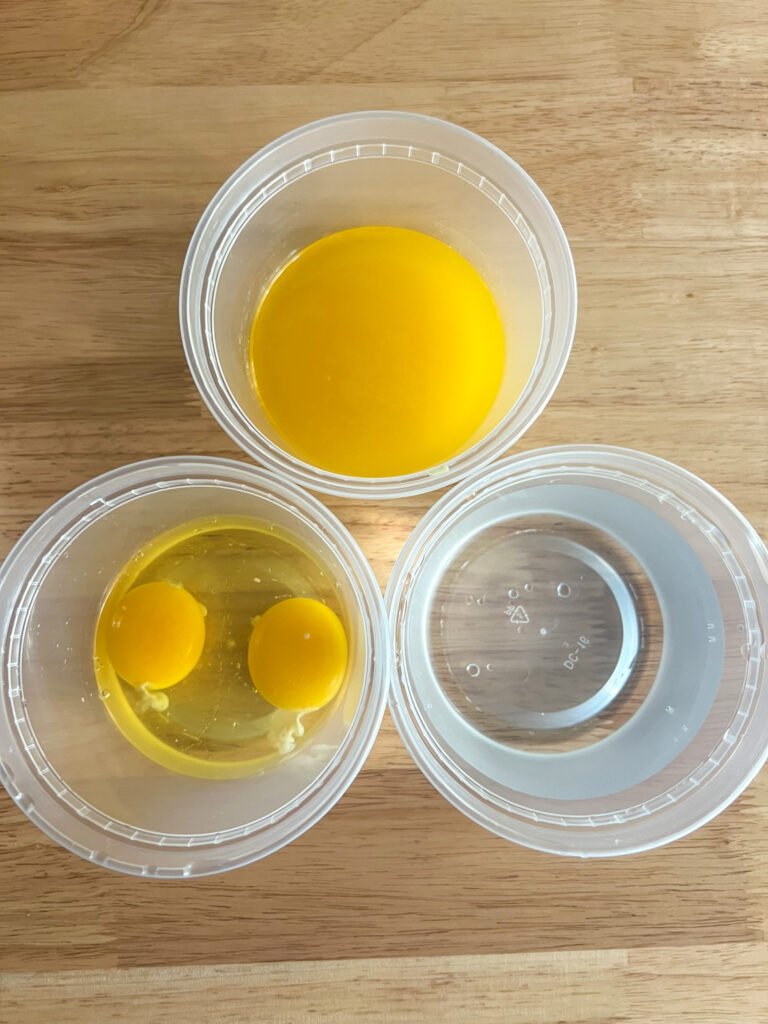

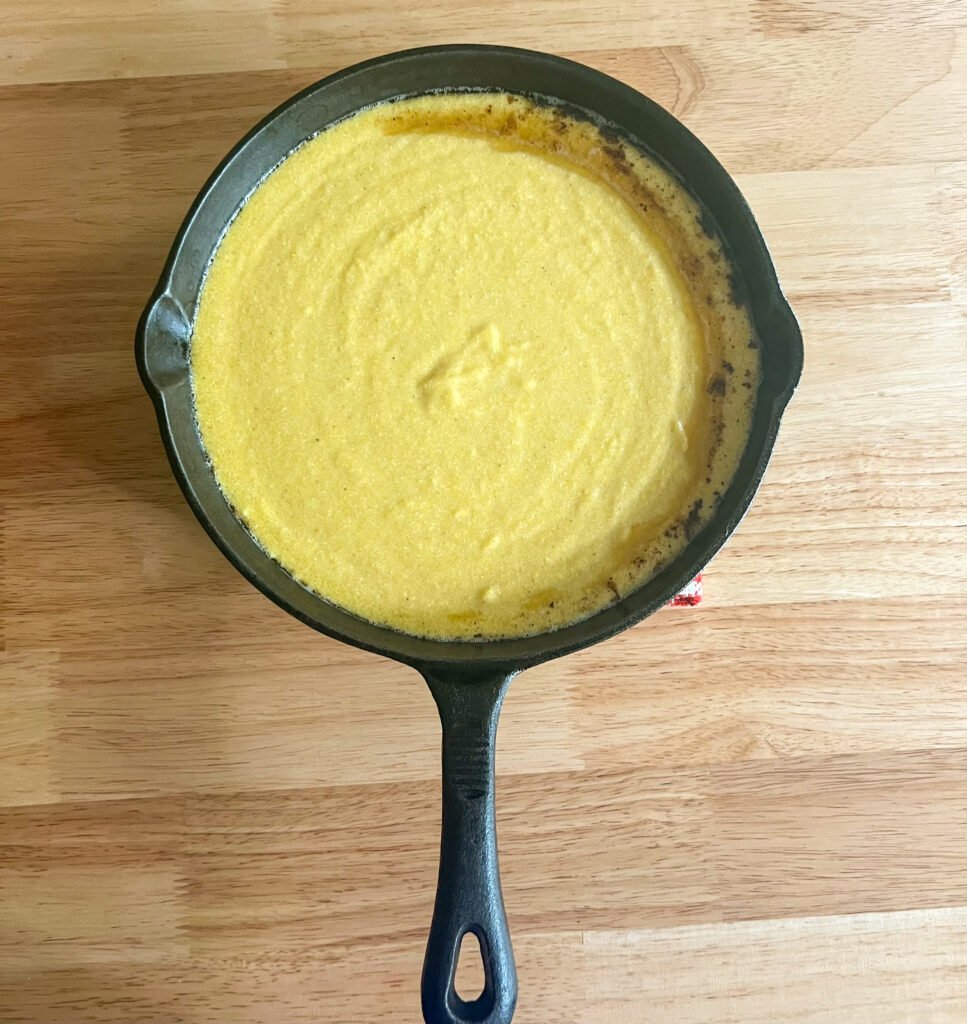
Simply add the mix to a large bowl. With a whisk or spoon combine the mix with 1 stick of butter (melted and cooled), 2 large eggs, and 1 ¼ cup of water until smooth. Let the mix sit for 15 minutes while you preheat the oven to 425F. This will allow the mix to activate and thicken. If using a standard cast iron skillet, I recommend placing it in the oven with 1 Tbsp of Butter (optional) while oven preheats. Bake for 20 minutes and let cool before serving.
It’s that simple!
What Pan to Use for Cornbread?
Are you unsure what pan to use for cornbread? In this sense, cornbread is not as forgiving. The size of the pan matters and determines how long to bake it for. It will also differentiate the caramelization color your bread receives. If you’re not careful it will be dry or raw on the inside… or both! However, you can use different baking pans to your benefit as well. Here are a few pan pointers.
Cast Iron Skillet: Most traditional/classic.
Pros:
- Naturally evenly distributes heat, allowing batter to bake evenly.
- Makes a beautiful, caramelized crust.
- Durable and easy to clean.
Cons:
- Porous metal which can cause cross-contamination and rust if not properly taken care of.
Aluminum Sheet Pan: Great for shaping and cutting even sizes.
Pros:
- Makes cutting small bites easier (ex: croutons, appetizers).
Cons:
- Can stick if not prepared properly.
Muffin/Mini Loaf Pans: Best for easy sharing.
Pros:
- Best for easy portioning.
- Best for large crowds (ex: family gatherings).
- Bakes the fastest.
Cons:
- Will overbake and dry out if not careful.
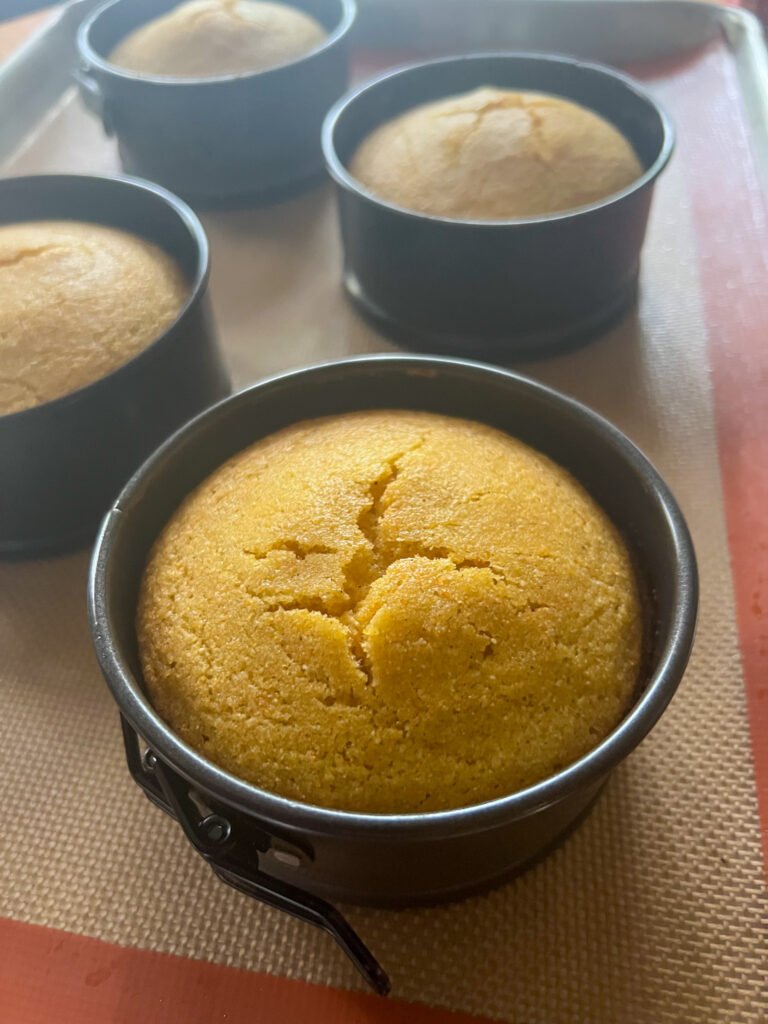
The Result
With the “proper cornbread criteria” in mind combined with understanding the importance of pan versatility, I created Be Free Café Buttermilk Cornbread Mix as the result.
Thanks for reading and please subscribe for more!

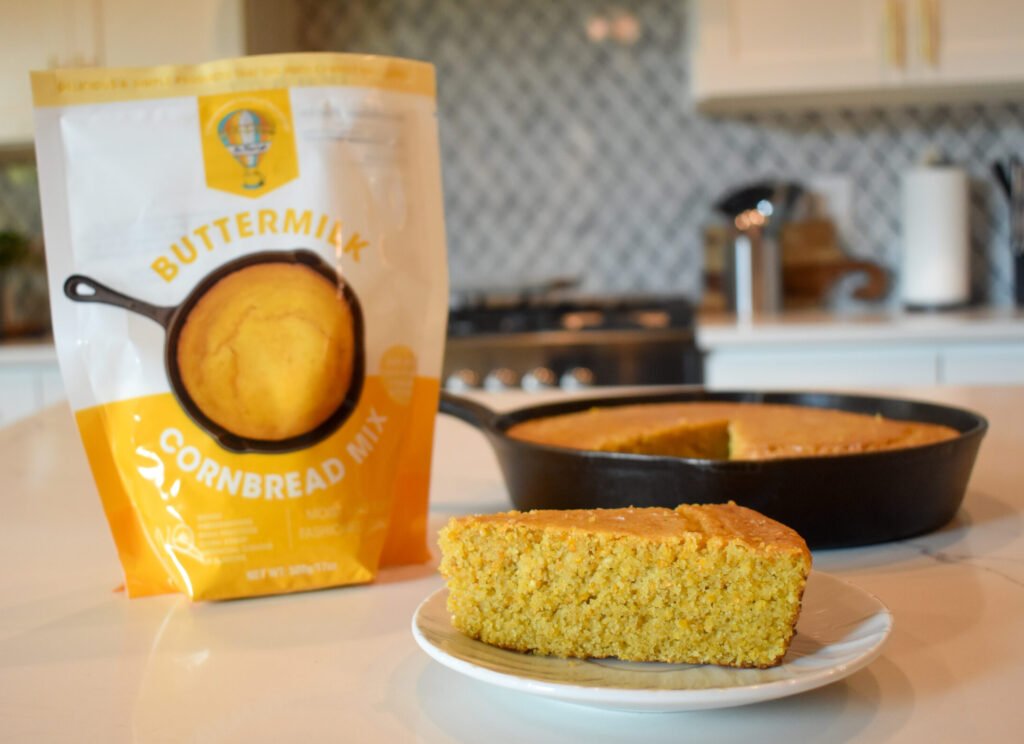
I believe you have remarked some very interesting points, thanks for the post.